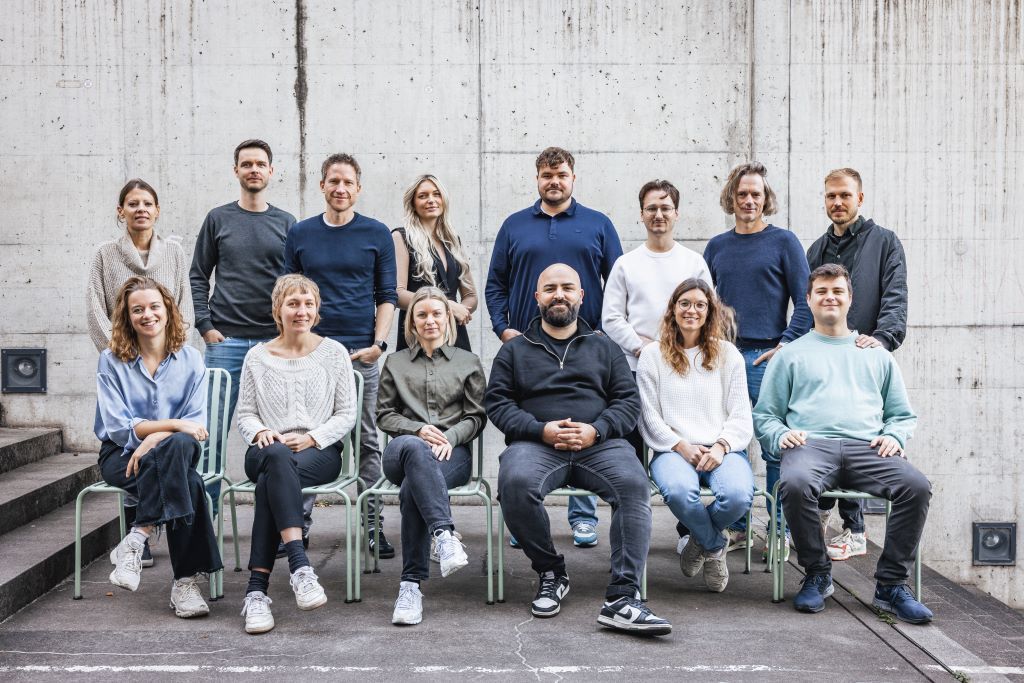Many customers obtain information online before making a purchase, concluding a contract or selecting a service provider. These "ROBO" customers (research online, buy offline) make up an important part of the customer base. But only if you link online and offline data can you get a complete picture of the customer journey for these customers.
If your customers only move through digital touchpoints - online auction platforms, comparison portals, etc. -linking online and offline data is not essential for survival. In many cases, however, companies offer their customers the choice of purchasing a product online or visiting a retailer and buying the product on site. This applies to both physical products and services. We've all been there: surfing the internet on the sofa in the evening to find out about one product or another and then going to the shop the next day after work to bring the object of desire into our own four walls.
The customer's move from the online to the offline world can have a variety of causes. However, if you know about customer behaviour by linking the offline purchase with the previous online information, you can specifically address this purchasing behaviour of your customers and use it to your own advantage.

